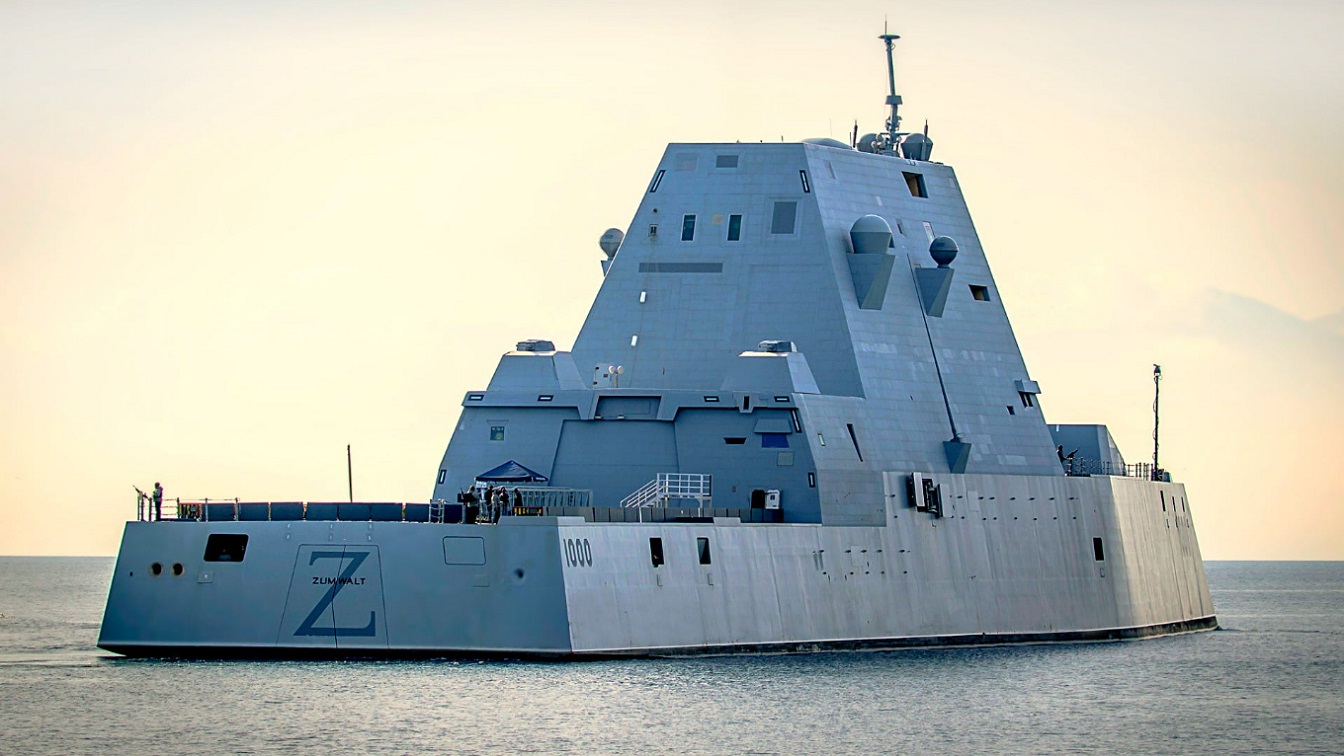The rapid arrival and technological progress of anti-ship missiles, in terms of range, precision, and lethality has without question placed large manned ships at new levels of risk in maritime warfare.
Multiple Chinese anti-ship missiles, such as the DF-21D and DF-26, can reportedly hold surface ships at risk at 1,000 and 2,000 miles respectively. Russia’s Moskit anti-ship missile can attack surface ships from 155 miles away, and both Iran and North Korea have dangerous anti-ship missiles as well.
Turbulent Waters
A report from March 2023 cited the Chief of Staff of the Iranian Defense Force citing results from a successful test of a new anti-ship missile able to hit targets at ranges of 1,500 kilometers away.
North Korea is known to operate the KN19, Kumsong-3 cruise missile which, according to The Diplomat, contains new generations of guidance and maneuvering technology.
More than simply rendering large-deck ships such as carriers and amphibious assault ships obsolete, emerging anti-ship missiles have been driving tactical adjustments and informing new concepts of operation intended to respond to a new and fast-evolving threat environment.
The advent and rapid, large-scale arrival of longer-range, more precise anti-ship missiles is likely one of several key variables informing the Navy’s Distributed Maritime Operations (DMO) concept. The idea is to leverage new transport-layer communications technologies, longer-range weapons guidance technology, and unmanned systems with growing degrees of autonomy and networking to achieve a desired battlefield “effect” without having to place large surface formations at risk. A more disaggregated surface force is of course less of a visible target and therefore more survivable.
Surface Strategy
One key strategic element of this relates to the rapid emergence of large numbers of unmanned systems, as large vessels could operate as “mother ships” performing command and control missions and launching them from safer stand-off distances. Perhaps a big-deck amphibious could, for example, operate large surface, air, and undersea drones all networked to one another performing a wide range of missions. Large vessels can become host ships or floating command and control centers capable of coordinating missions.
Alongside creating a need to shift tactics and inspiring the development of new Concepts of Operation, the arrival of long-range, precision-guided anti-ship missiles has also helped generate paradigm-changing breakthroughs in layered ship defenses.
For instance, cutting-edge electronic warfare technologies are now increasingly able to find and “jam” the RF signals and guidance systems of incoming anti-ship missiles and derail them.
U.S. Navy surface warships are also being armed with laser weapons able to incinerate or destroy incoming anti-ship missiles and ship-fired interceptors are now better networked and upgraded with more precision and targeting technologies.
This means larger surface ships are better equipped to detect and potentially intercept or destroy attacking anti-ship missiles.
Overall, the arrival of new ship defenses and unmanned systems, coupled with adjusted maritime warfare tactics, suggests that while large surface vessels may shift tactics to an extent due to new threats, they are not going anywhere anytime soon.
MORE: The F-35 Now Comes in Beast Mode
MORE: Why the U.S. Navy Tried to Sink Their Own Aircraft Carrier
Kris Osborn is the Military Affairs Editor of 19FortyFive and President of Warrior Maven – Center for Military Modernization. Osborn previously served at the Pentagon as a Highly Qualified Expert with the Office of the Assistant Secretary of the Army—Acquisition, Logistics & Technology. Osborn has also worked as an anchor and on-air military specialist at national TV networks. He has appeared as a guest military expert on Fox News, MSNBC, The Military Channel, and The History Channel. He also has a Masters Degree in Comparative Literature from Columbia University.

